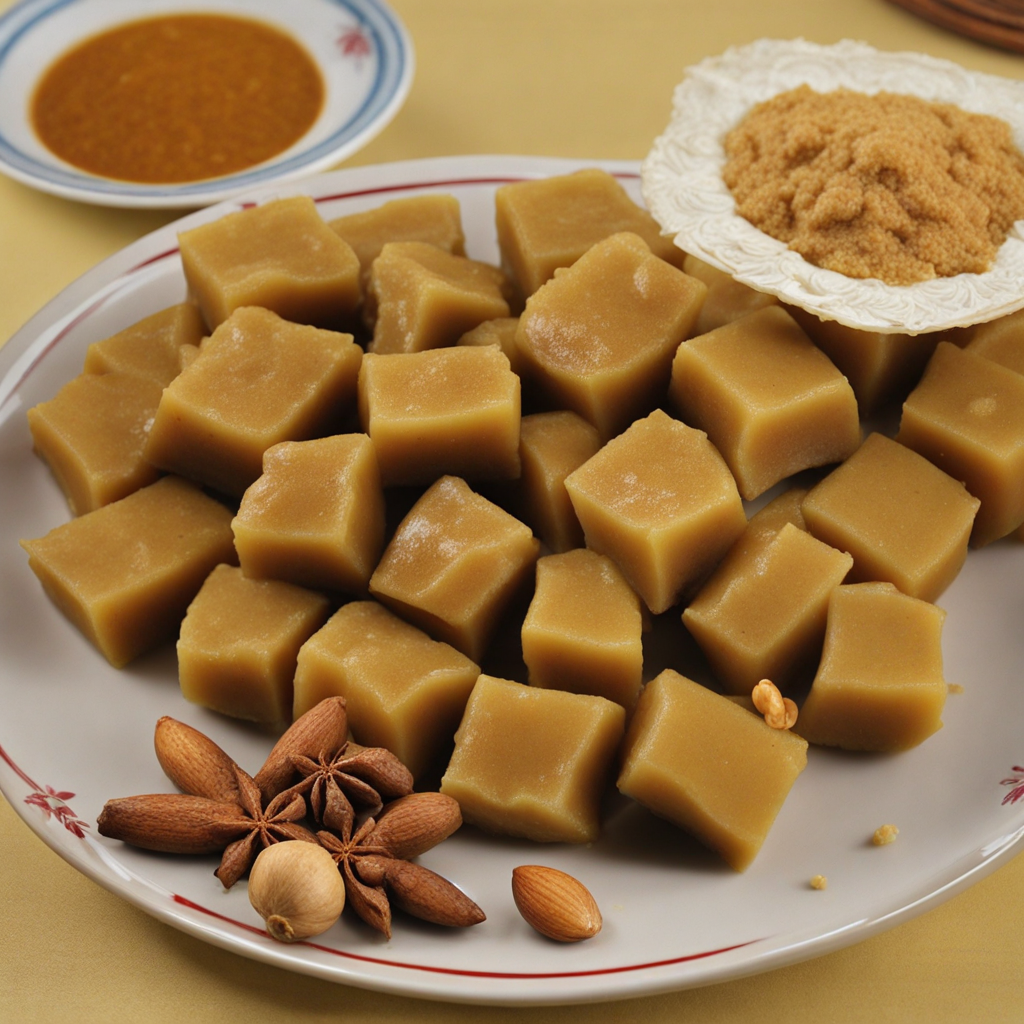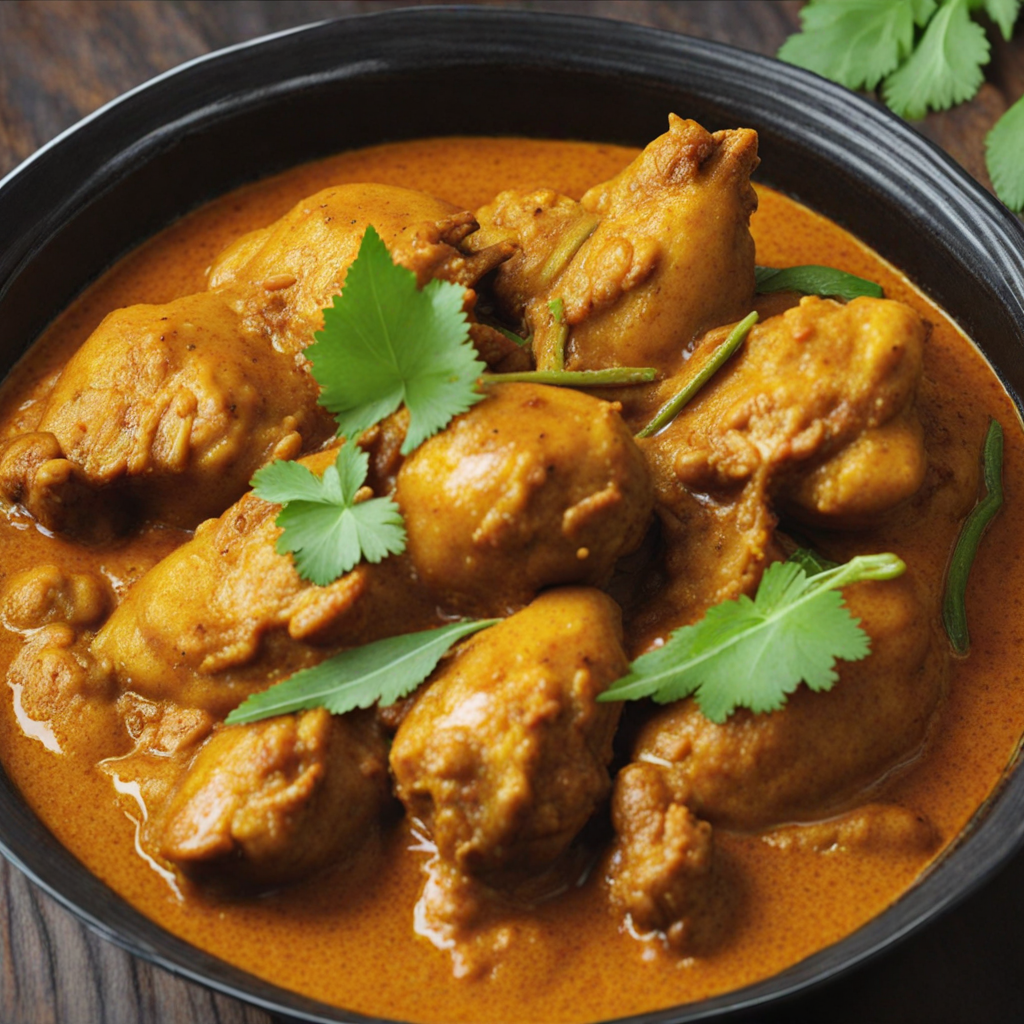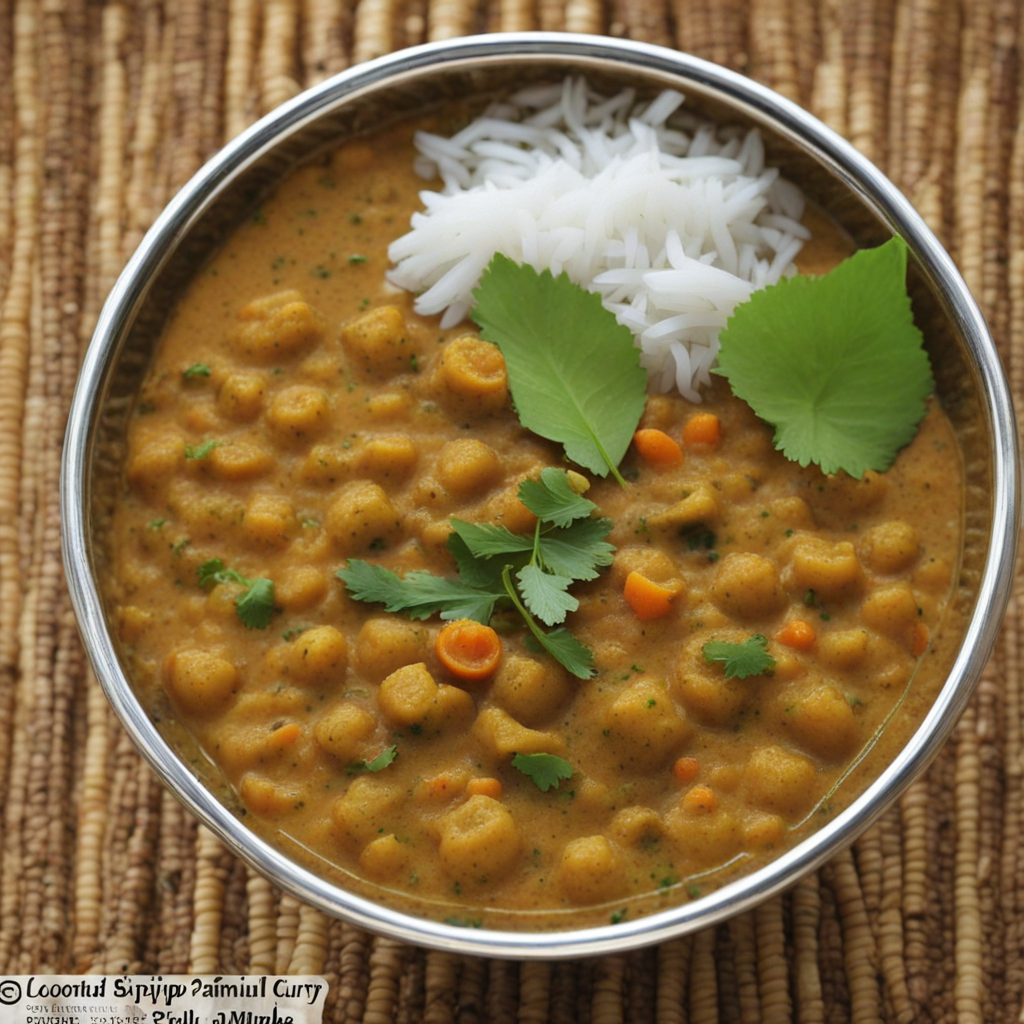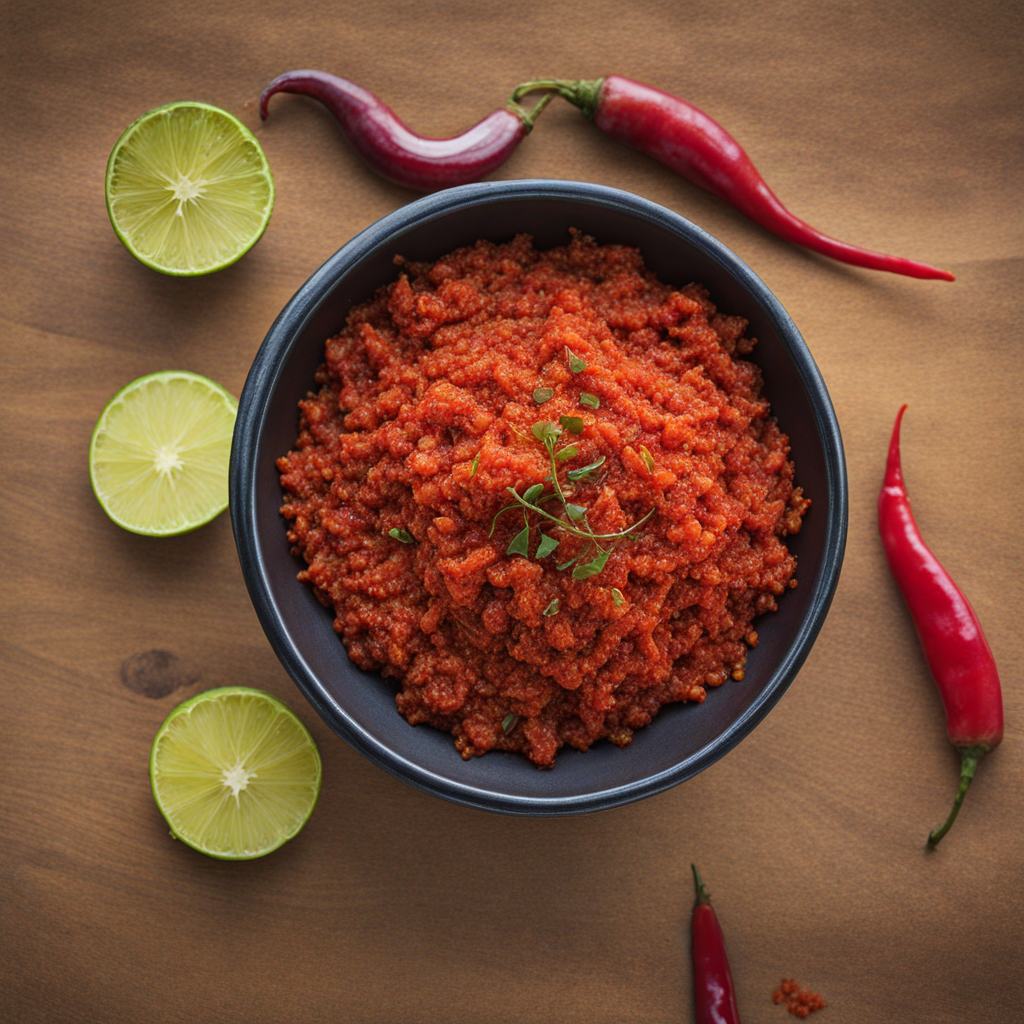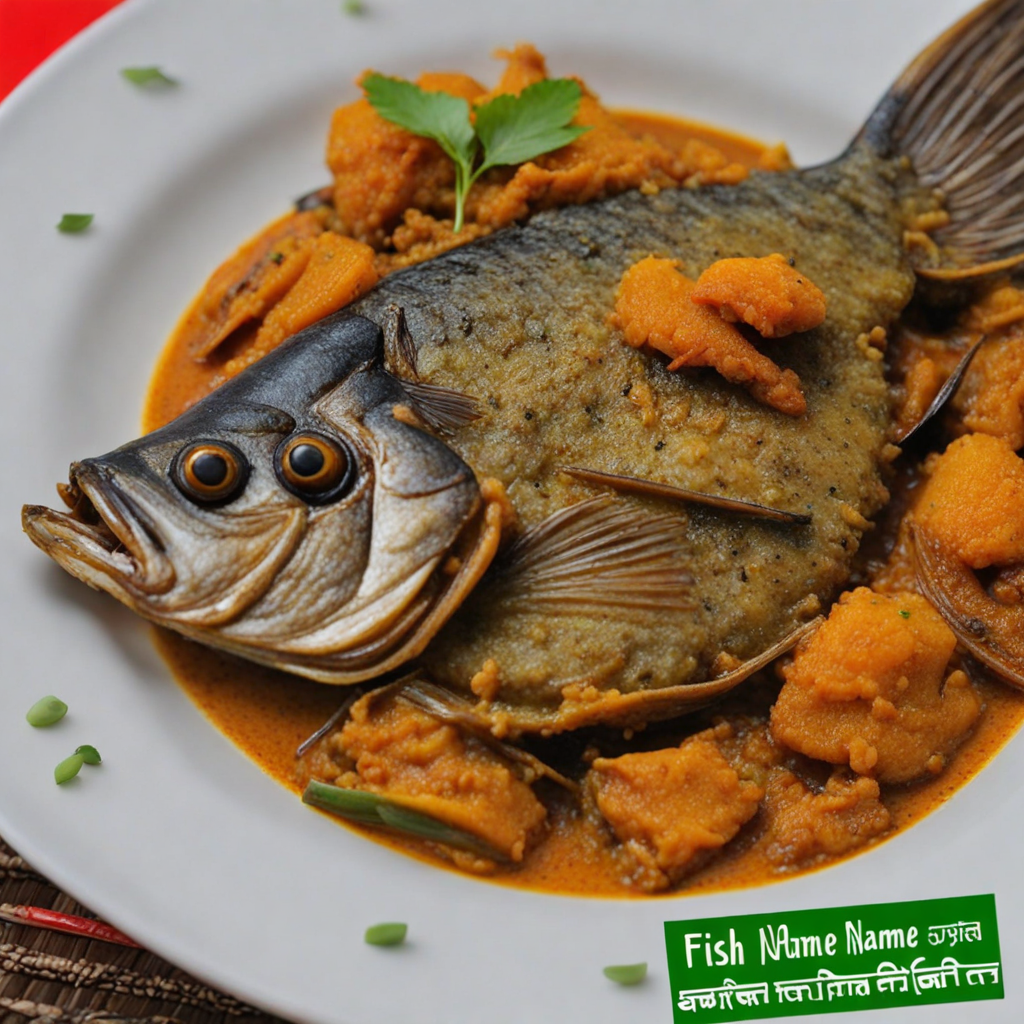Watalappan
Watalappan is a traditional Sri Lankan dessert that captivates the palate with its rich and creamy texture. This delightful dish is made primarily from coconut milk, jaggery (a type of unrefined sugar), eggs, and an array of aromatic spices, including cardamom and nutmeg. The combination of these ingredients creates a velvety pudding-like consistency that is both satisfying and indulgent. The use of jaggery not only adds a deep, caramel-like sweetness but also infuses the dish with a distinct flavor profile that distinguishes it from other desserts. The preparation of Watalappan involves gently cooking the coconut milk and jaggery together until they form a luscious syrup. Eggs are then whisked in, along with the spices, creating a harmonious blend that is poured into a mold and steamed until set. The steaming process ensures that the dessert remains soft and moist, allowing the flavors to meld beautifully. Served chilled, Watalappan is often garnished with grated coconut or a sprinkle of nuts, adding a delightful crunch that contrasts with the smoothness of the pudding. Each bite of Watalappan is a journey through the flavors of Sri Lanka, evoking the island's rich culinary heritage. The sweet, warm notes of jaggery, coupled with the creamy coconut and fragrant spices, create a symphony of taste that is both comforting and exotic. Whether enjoyed as a festive treat or a simple indulgence, Watalappan is a must-try for anyone looking to explore the delicious and diverse world of Sri Lankan cuisine.
How It Became This Dish
The Sweet Journey of Watalappan: A Culinary Gem of Sri Lanka #### Origins Watalappan, a beloved dessert from Sri Lanka, has its roots deeply embedded in the island's rich cultural tapestry. The etymology of the word "Watalappan" is thought to derive from the Malay word "kuih," which means cake, and "lapang," which refers to a type of pudding or custard. This etymological connection is a reflection of the historical trade routes that shaped the culinary landscape of Sri Lanka, particularly during the colonial era when various cultures merged through trade and migration. The dessert is believed to have been influenced by the culinary traditions brought to the island by the Malays and the Moors. The arrival of these communities in the 15th century introduced new ingredients and cooking techniques that would eventually find their way into the local cuisine. Among these were coconut milk, jaggery (a form of unrefined sugar), and spices such as cardamom and nutmeg, all of which are essential components of Watalappan. #### Cultural Significance Watalappan is more than just a dessert; it is a symbol of celebration and community in Sri Lankan culture. Traditionally served during special occasions such as weddings, festivals, and religious ceremonies, this sweet treat holds a significant place in the hearts and palates of the Sri Lankan people. The dish is often associated with the festive season of Ramadan among Muslim communities, where it serves as a delightful way to break the fast. In Sri Lankan households, making Watalappan is often a communal event. Families gather to prepare the dessert, with each member contributing their expertise, from grating coconut to whisking the custard. This shared experience fosters a sense of togetherness and reinforces cultural bonds, making it an integral part of family traditions. Watalappan also reflects the island's agricultural bounty. Sri Lanka is known for its lush landscapes and fertile plains, producing a variety of ingredients that contribute to the dessert's unique flavor. The use of jaggery, derived from the sap of palm trees, highlights the island's rich agricultural heritage and the importance of sustainable farming practices. #### Ingredients and Preparation The making of Watalappan is a meticulous process, steeped in tradition. The primary ingredients include coconut milk, jaggery, eggs, and a blend of spices such as cardamom, nutmeg, and sometimes cinnamon. The preparation begins with melting jaggery and mixing it with coconut milk to create a rich, sweet base. Next, eggs are beaten and incorporated into the mixture, which is then flavored with spices. One of the defining features of Watalappan is its distinct texture, achieved by steaming the mixture rather than baking. This method produces a silky custard-like consistency that is both luxurious and comforting. The dessert is typically poured into individual cups or a larger dish and steamed until set, resulting in a delicate, wobbly pudding. #### Evolution Over Time Over the years, Watalappan has evolved while maintaining its core identity. In the past, the dessert was primarily made at home with locally sourced ingredients. However, as Sri Lanka's culinary scene began to modernize, Watalappan found its way into restaurants and cafes, where chefs started to experiment with flavors and presentation. Contemporary interpretations of Watalappan often explore innovative pairings and garnishes. Some chefs incorporate exotic fruits, such as mango or passion fruit, to add a refreshing twist, while others experiment with textures by adding crunchy elements like toasted coconut or nuts. These modern adaptations have helped to keep the dish relevant in today’s culinary landscape, appealing to both traditionalists and adventurous eaters alike. Moreover, the rise of the tourism industry in Sri Lanka has brought increased attention to local cuisines, including Watalappan. Travelers seeking authentic culinary experiences have rediscovered this traditional dessert, leading to its inclusion in cooking classes and food tours. As a result, Watalappan has transcended its local origins to become a cherished delicacy enjoyed by people from diverse backgrounds. #### A Global Perspective The global appreciation for Watalappan is indicative of a broader trend in which traditional foods are celebrated as emblematic of cultural identity. As Sri Lankans living abroad seek to preserve their culinary heritage, Watalappan has made its way into diaspora communities, where it is prepared during festive occasions and family gatherings. This globalization of the dish has not only allowed for cultural exchange but has also fostered a sense of belonging among expatriates. Food festivals and culinary events around the world have also embraced Watalappan, showcasing it as a representation of Sri Lankan cuisine. This exposure has led to a renewed interest in the dish, with more people eager to experience its unique flavors and textures. #### Conclusion Watalappan is much more than a dessert; it is a testament to Sri Lanka's rich history, cultural significance, and culinary evolution. From its origins influenced by Malay and Moorish traditions to its modern interpretations and global recognition, Watalappan embodies the spirit of community, celebration, and the joy of sharing food. As it continues to be enjoyed by new generations and those beyond Sri Lanka's shores, this sweet pudding remains a cherished part of the island’s culinary heritage, inviting all who taste it to partake in its delicious story.
You may like
Discover local flavors from Sri Lanka


